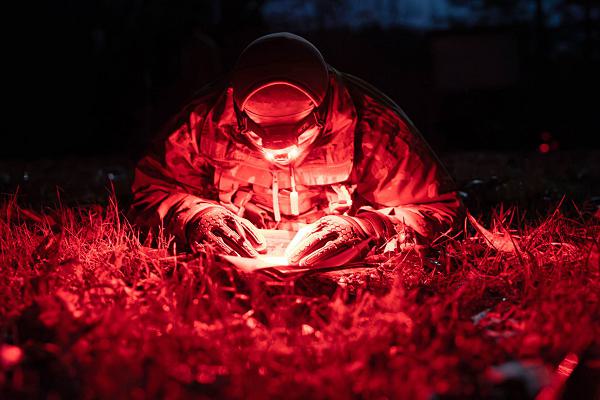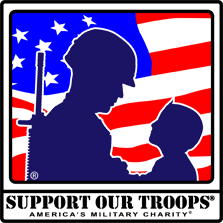
Catoosa, Georgia. (March 12, 2025): In this photo by Sergeant Allison Gilstrap, Staff Sergeant Gregory Smith uses a red light to illuminate navigation points during a night land navigation exercise. Of all the colors in the rainbow, why does the military insist on using red lights?
The reason is twofold; to be able to see, and to not be seen.
Red light is less disruptive to the eye's ability to see in the dark compared to other colors. The eyes have two types of receptors, called rods and cones, which allow us to see colors in low light conditions. In near darkness, the eyes use the rods on the outer edges of the retina that are most sensitive to light to distinguish black and white. Because red has a longer wavelength than brighter colors like blue or green, it allows a person to see without compromising their night vision.
The cones, on the other hand, allow us to see colors but need bright light to function. That is why red’s longer wavelength makes objects less visible from a distance than other colors. These properties help hide a person's position to potential adversaries.
For these reasons, red light has many tactical advantages. Troops can use it to navigate and complete tasks in low light without blinding their night vision. The color is also used in the interior lights of vehicles to allow drivers to read their instruments and on submarines where the crew is bathed in red light twenty-four hours a day.
When the armed forces need to see and not be seen, they insist on seeing red.


